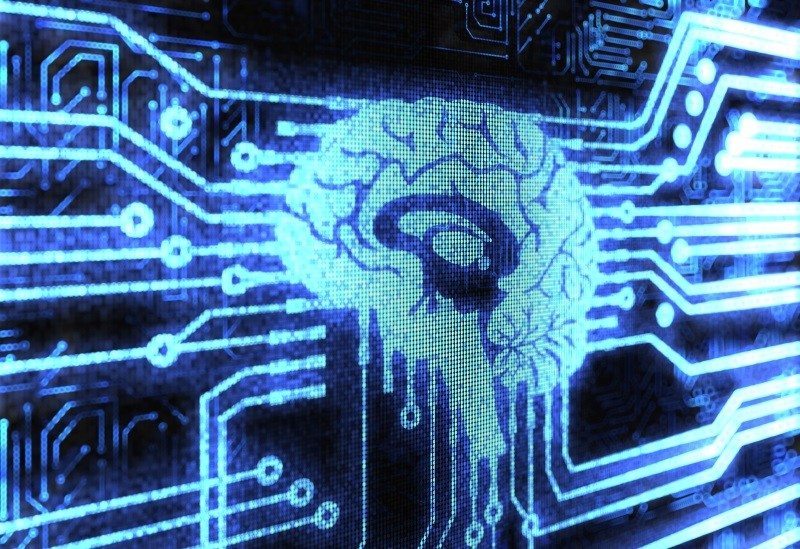Bayesian Program Learning – Teaching a Computer in One Shot
Alexander Neil / 8 years ago

Even in this day and age, computer learning is far behind the learning capability of humans. A team of researchers seek to shrink the gap, however, developing a technique called “Bayesian Program Learning” which is able to teach a new concept in just a single example, instead of the large sample sizes typically required for software to learn.
Detailed in a paper published in the journal Science the essence of Bayesian Program Learning, or BPL, is to attempt mimicry of the human learning process. Quite simply, the software will observe a sample, then generate its own set of examples, then determine which of its examples fit the sample pattern best, using this example to learn.
In order to test BPL, some of its creators – Joshua Tenenbaum of MIT, Brenden Lake of New York University and Ruslan Salakhutdinov the University of Toronto – attempted to have it learn how to write 1,623 characters from 50 different writing systems. The input data wasn’t font data, however, but a database of handwritten characters including those from Tibetan and Sanskrit. To learn the characters, the software broke them each down into sets of overlaid strokes and orders of their application, analysing which pattern most closely matched the sample. They even saw fit to have it create new characters for the writing systems, based on the styles it had collected.
For the output to be tested, the researchers used a “visual Turing test”, where human drawn and computer drawn characters were put side-by-side and a set of judges set to selecting which was hand-written and which was computer drawn. Impressively, no more than 25% of the judges were able to choose with any more accuracy than pure chance, showing the computer to be almost indistinguishable in its writing capability from a human.
BPL still has its limitations, with character recognition being a relatively simple task, yet the software sometimes took a number of minutes to perform the analysis. However, the creators have faith in BPL, with Tenenbaum told Geekwire “If you want a system that can learn new words for the first time very quickly … we think you will be best off using the kind of approach we have been developing here.”
It is hoped that when the algorithm is refined, that it can be used to assist in tasks like speech recognition for search engines, and usage of the technique could be a staple in future artificial intelligence, where the call could be for it to learn many tasks that are simple for a human to learn.



















